In the process of manufacturing medical molds, factors such as material selection, mold design, and factory management have a significant impact on processing costs. To meet the varying demands for high hardness, high wear resistance, or high toughness in medical molds, we must carefully plan and strictly control costs during production. So, how can we effectively control the processing cost of medical molds? The following will elaborate on this from three aspects.
-
Select Steel Materials Carefully to Lay the Foundation for Cost Control
The choice of steel for medical molds is crucial. Some applications require high hardness and high wear resistance to enhance the durability of the parting line, while others prioritize the toughness of the mold steel to resist mechanical fatigue. However, steels with high hardness and wear resistance are often more brittle, and steels with greater toughness may have reduced resistance to steel-on-steel wear, glass fiber, or mineral-filled resin wear. Therefore, mold makers need to carefully select the appropriate steel based on specific needs. In addition, choosing a reasonably designed injection mold is also key to reducing costs. Excellent medical molds have a high yield rate and produce less waste, significantly lowering production costs.
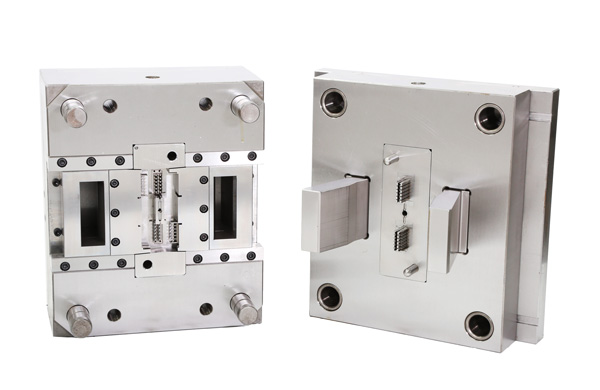
-
Optimize Processing Techniques to Reduce Production Costs
The choice of processing techniques is equally important for controlling the processing cost of medical molds. The same product may require different qualities and quantities of raw materials depending on the processing technique used. Therefore, while meeting the quality requirements of the product, we should actively explore and improve processing techniques to reduce production costs. By optimizing the processing flow, improving processing efficiency, and reducing material waste, we can effectively control costs.
-
Implement Scientific Management to Enhance Efficiency
A scientific and reasonable management model is also indispensable for controlling the processing cost of medical molds during production. We should strengthen cost accounting and strictly manage all aspects of production, supply, sales, and finance. Each cost item, including raw materials, auxiliary materials, fuel, power, wages, manufacturing expenses, and administrative expenses, should be broken down to the unit product cost, achieving standardized management and strictly prohibiting waste. At the same time, companies should strive to reduce unnecessary waste in every link, store and use materials reasonably, and improve efficiency. This can not only ensure the reasonable needs of production but also reduce the occupation and waste of funds.
In summary, by carefully selecting steel materials, optimizing processing techniques, and implementing scientific management, we can effectively control the processing cost of medical molds and enhance the competitiveness of enterprises. In future development, we will continue to explore more effective cost control methods to contribute to the sustainable development of the medical mold industry.
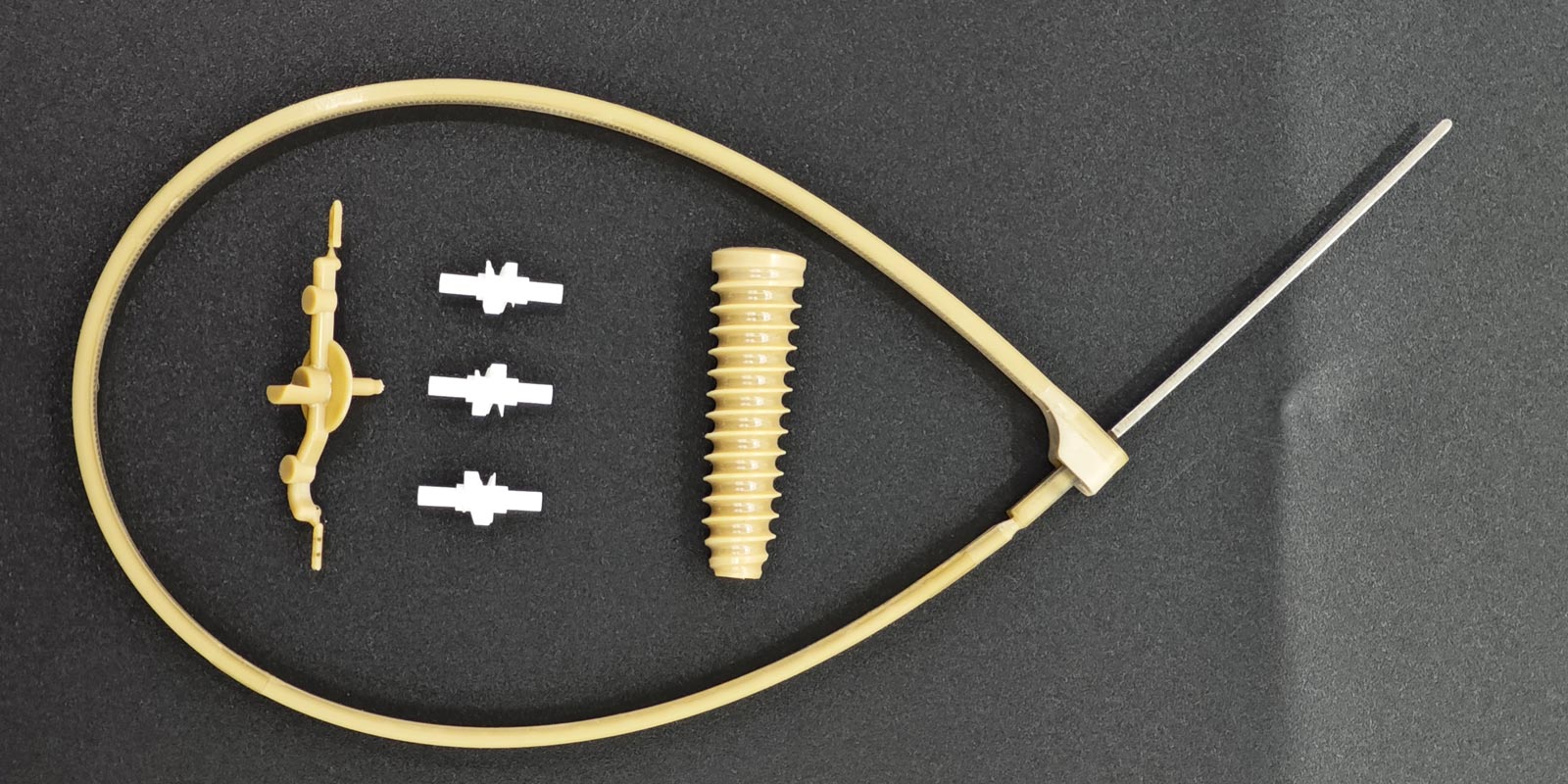
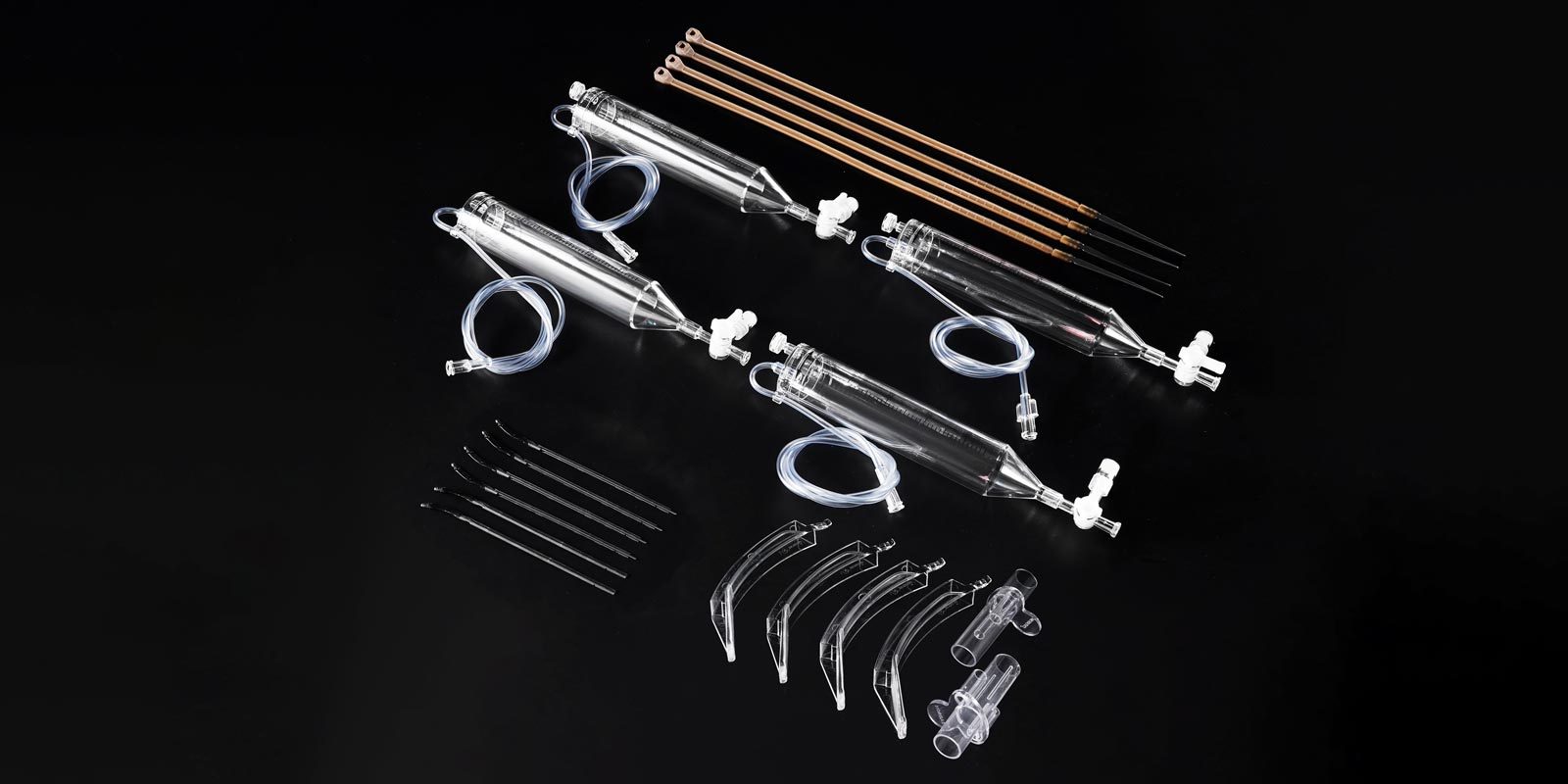
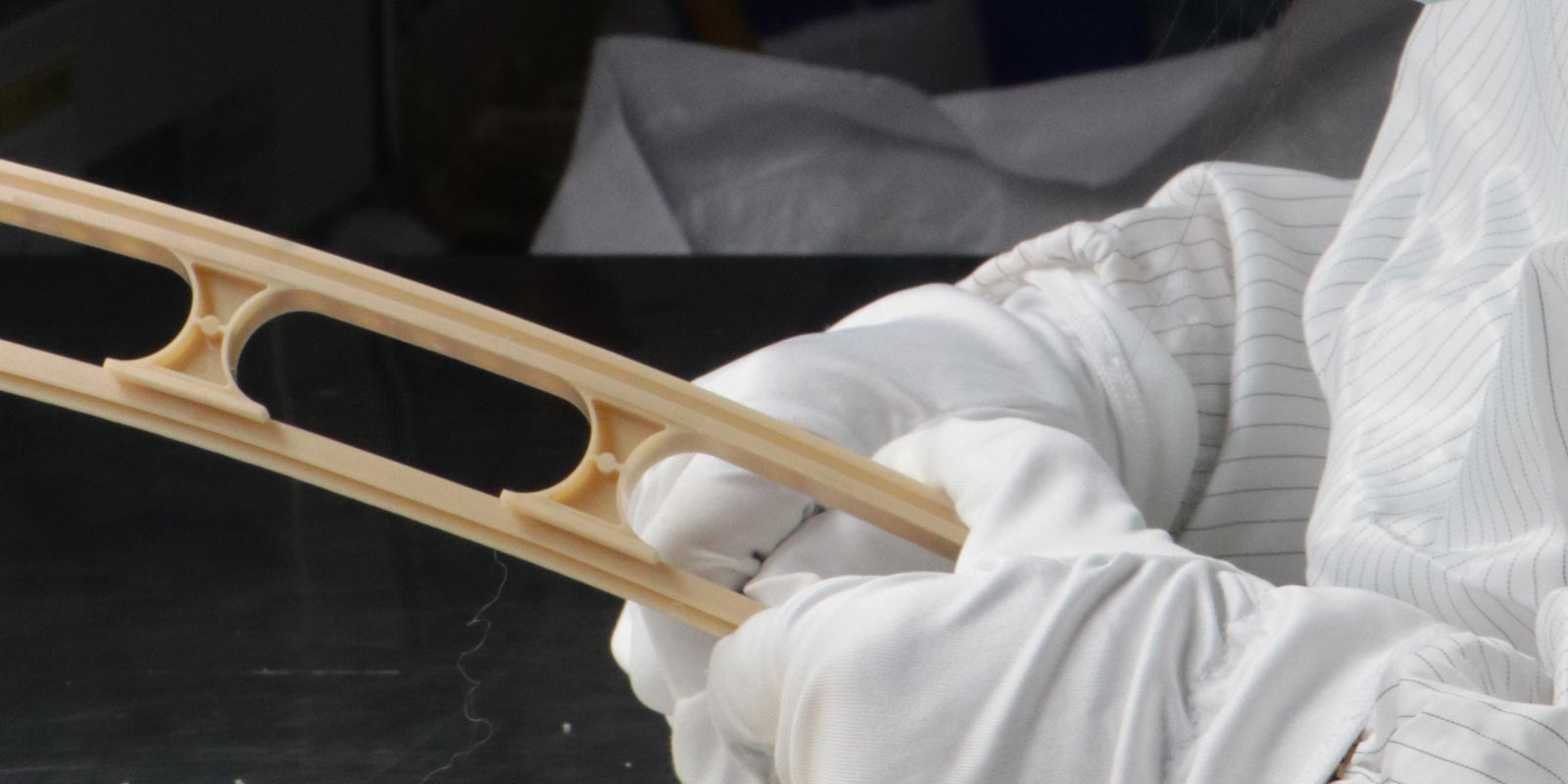
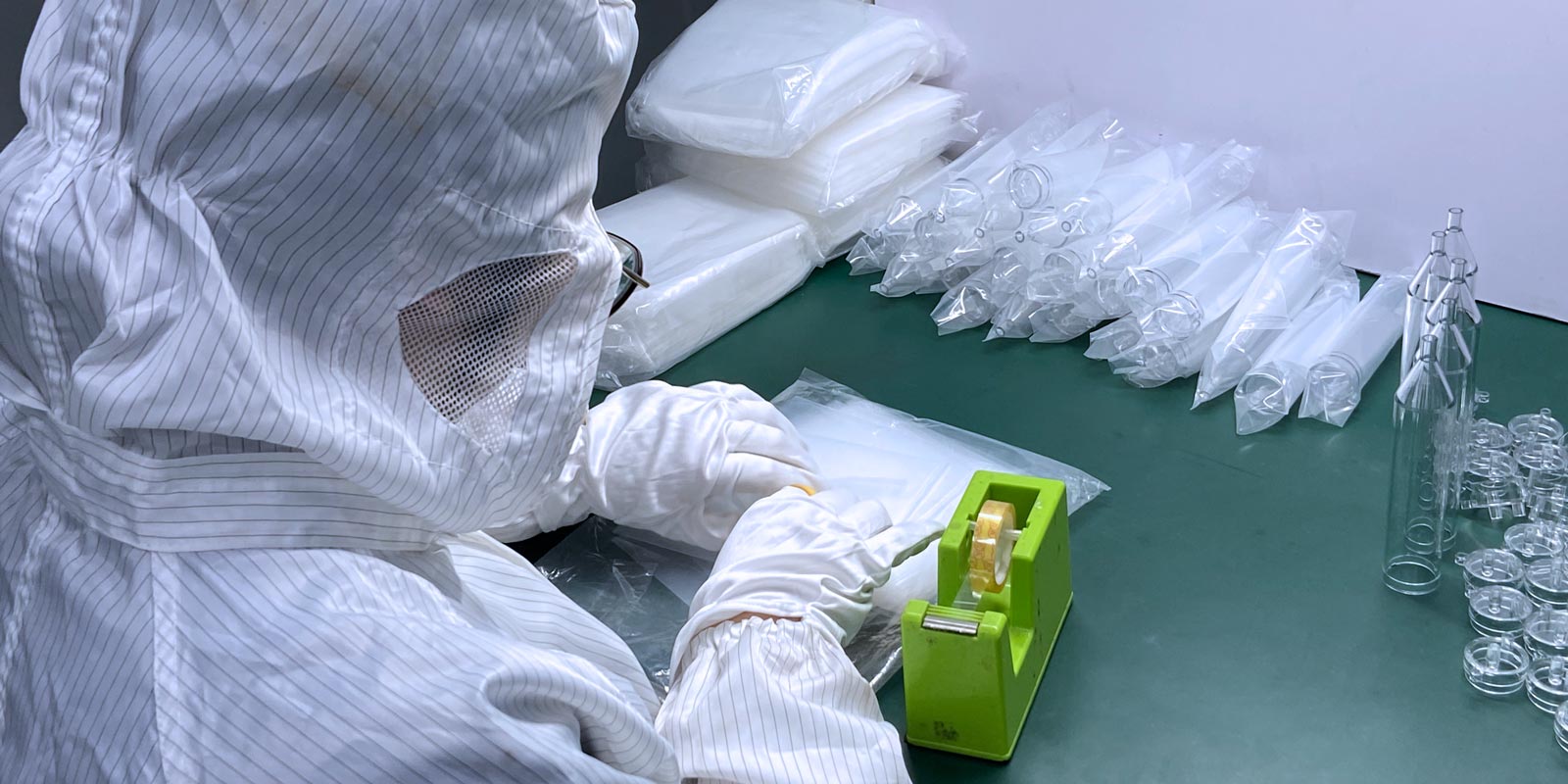
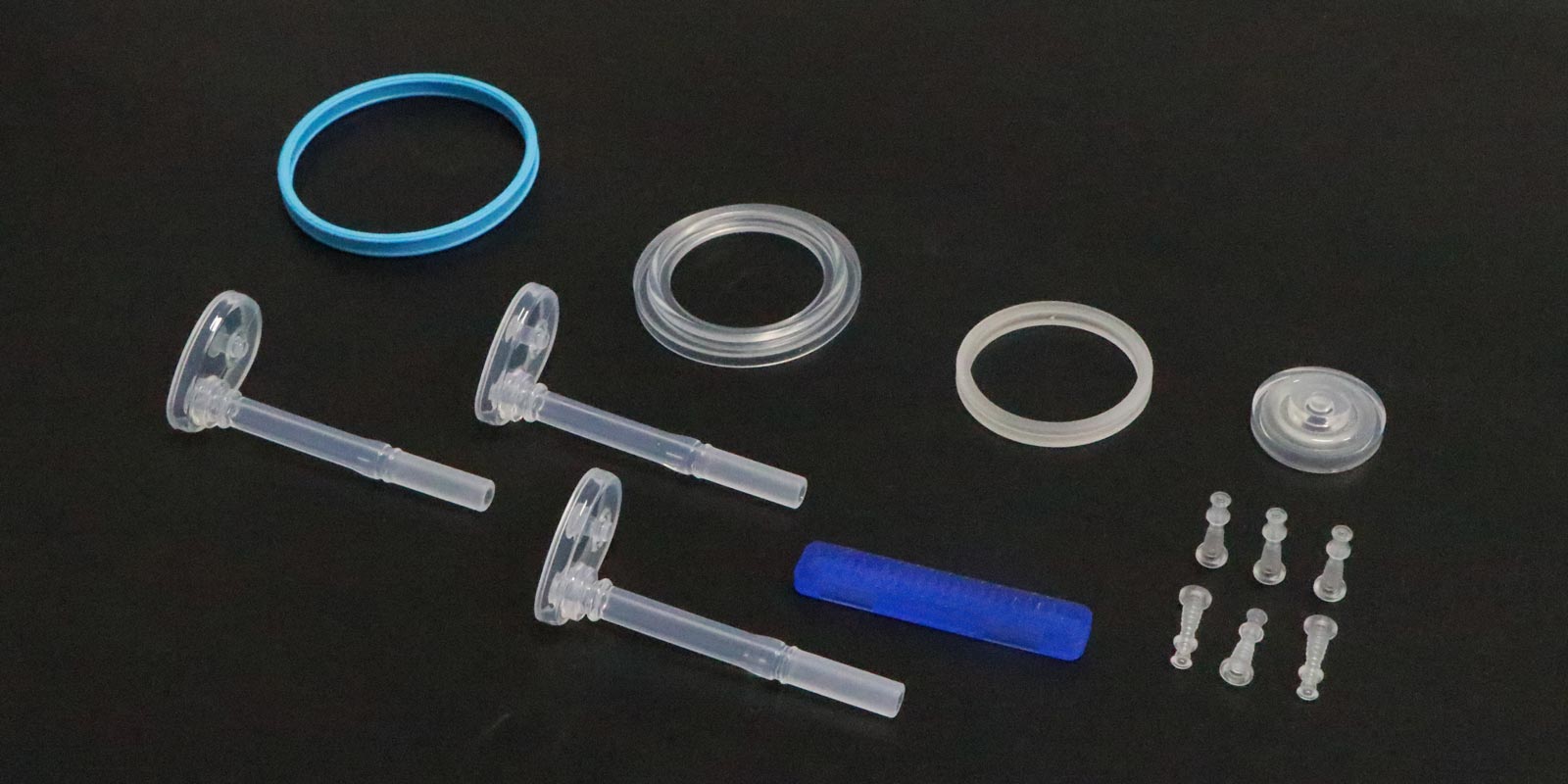











 Home
Home
